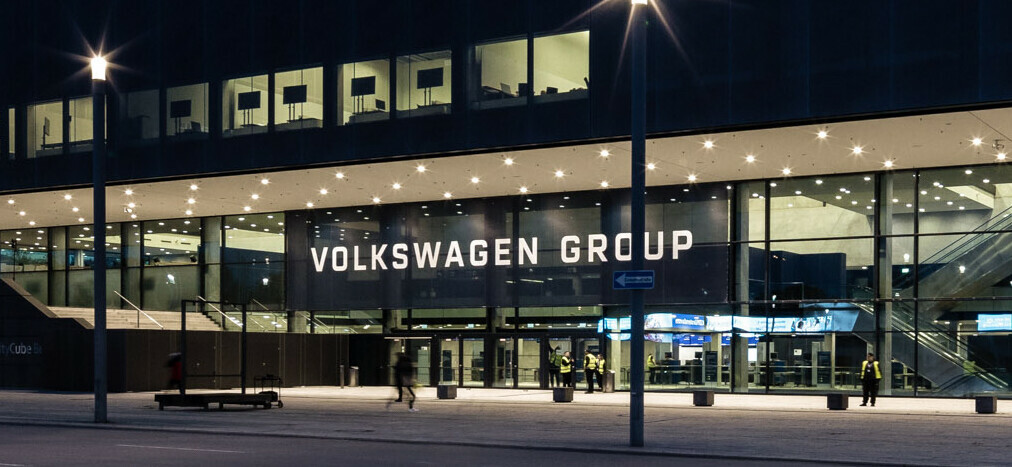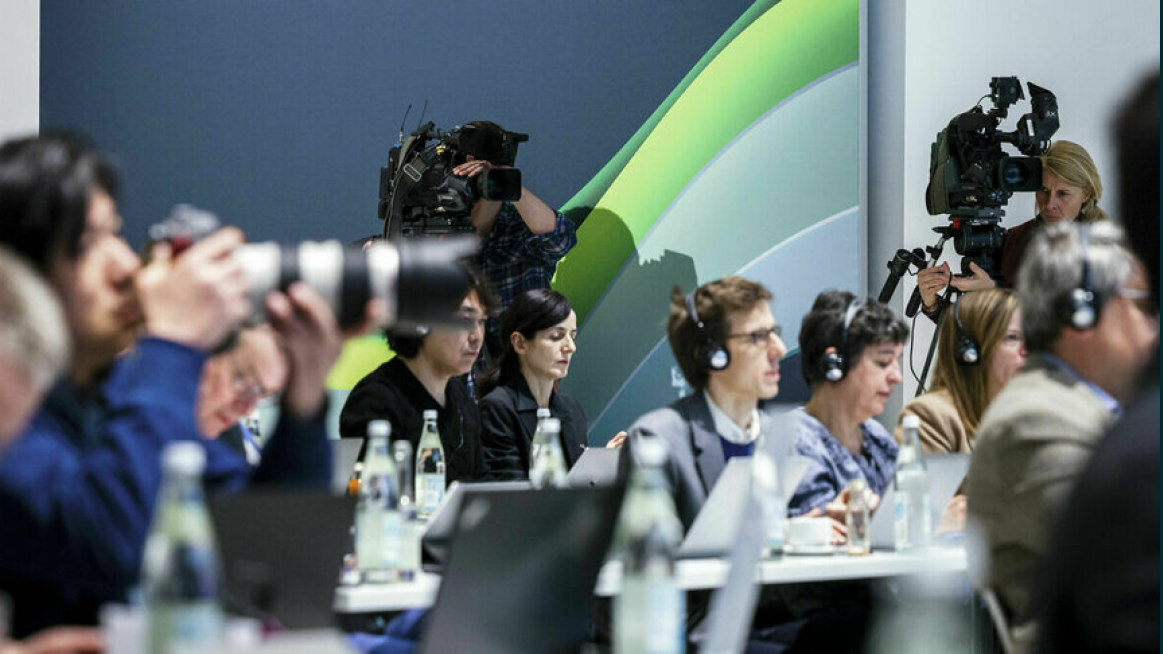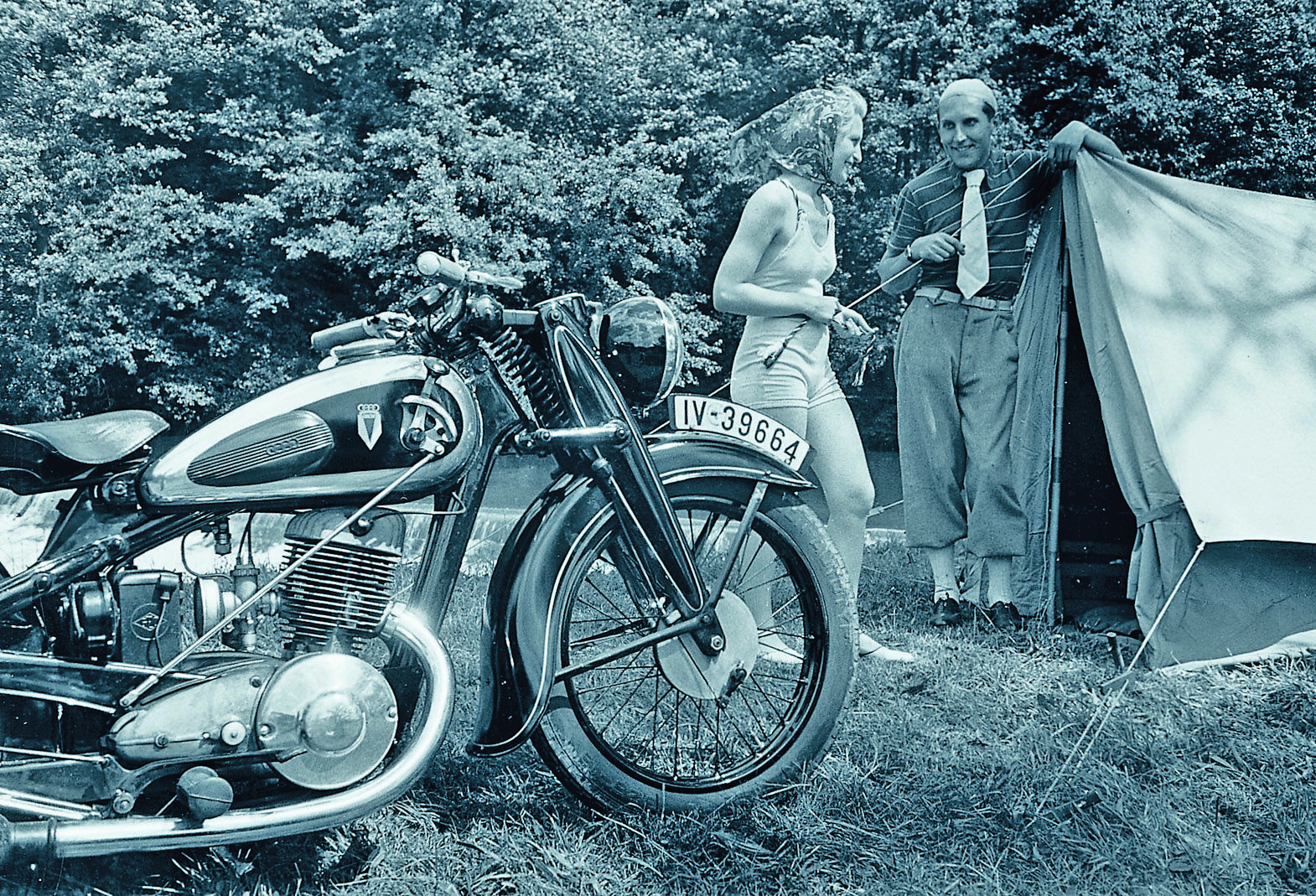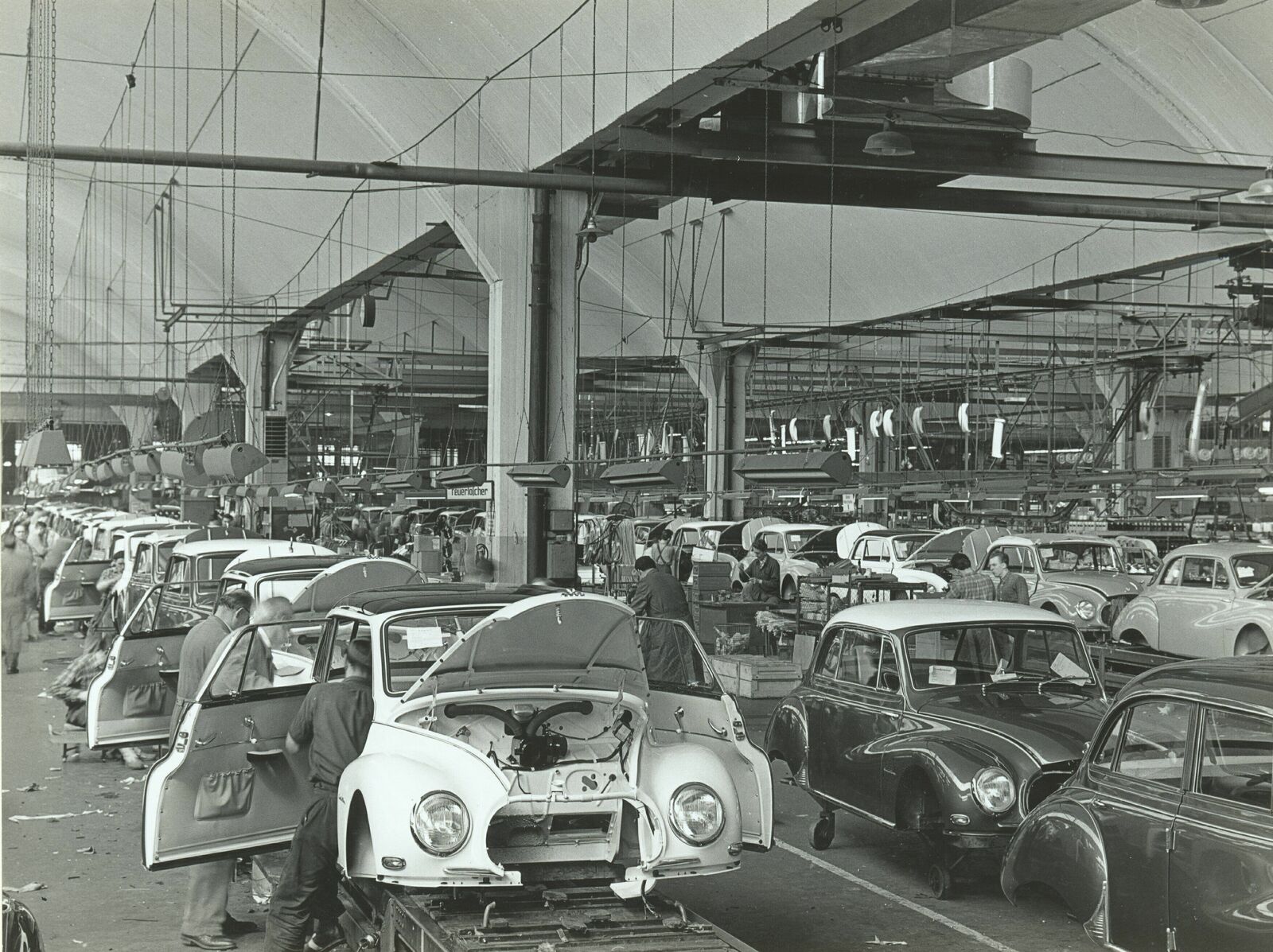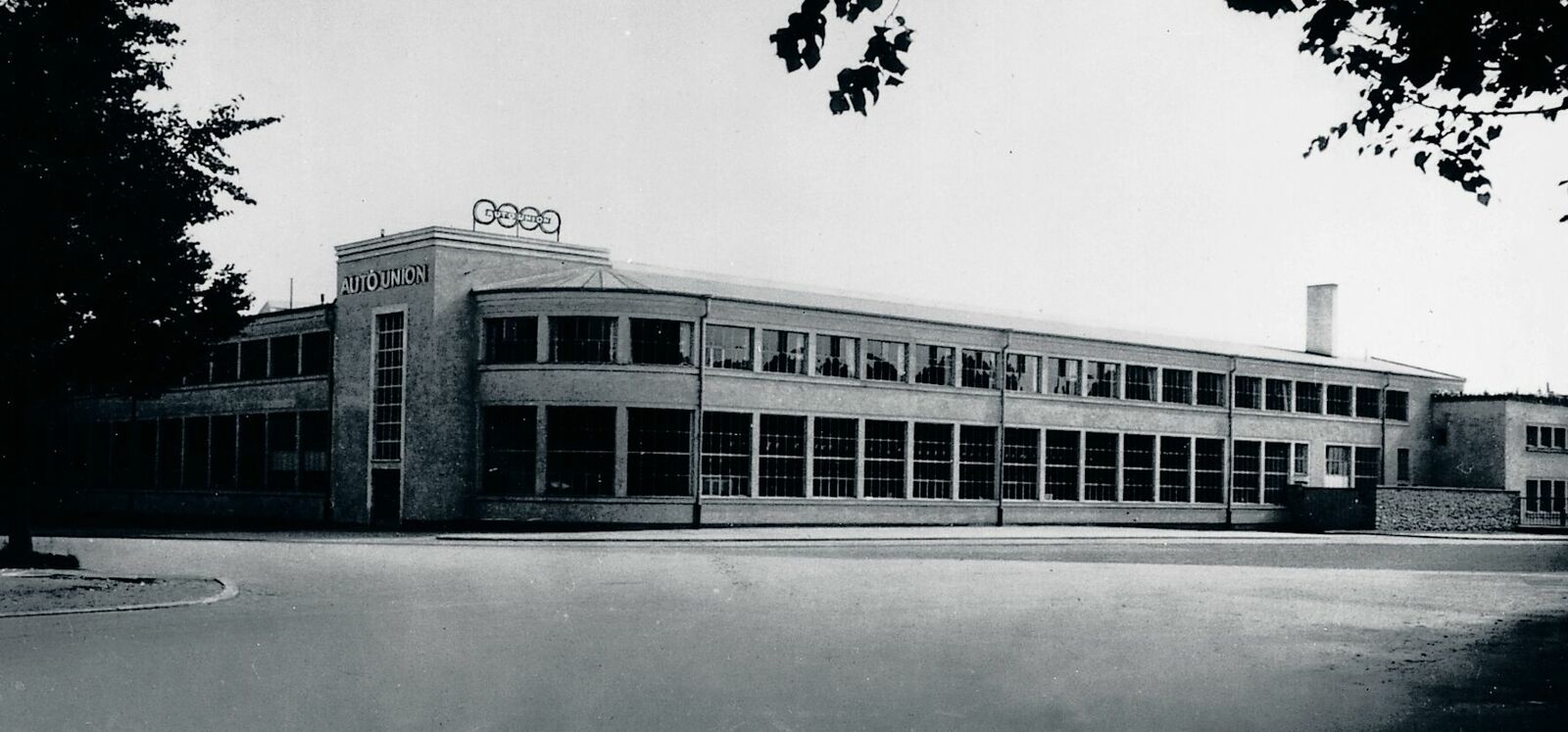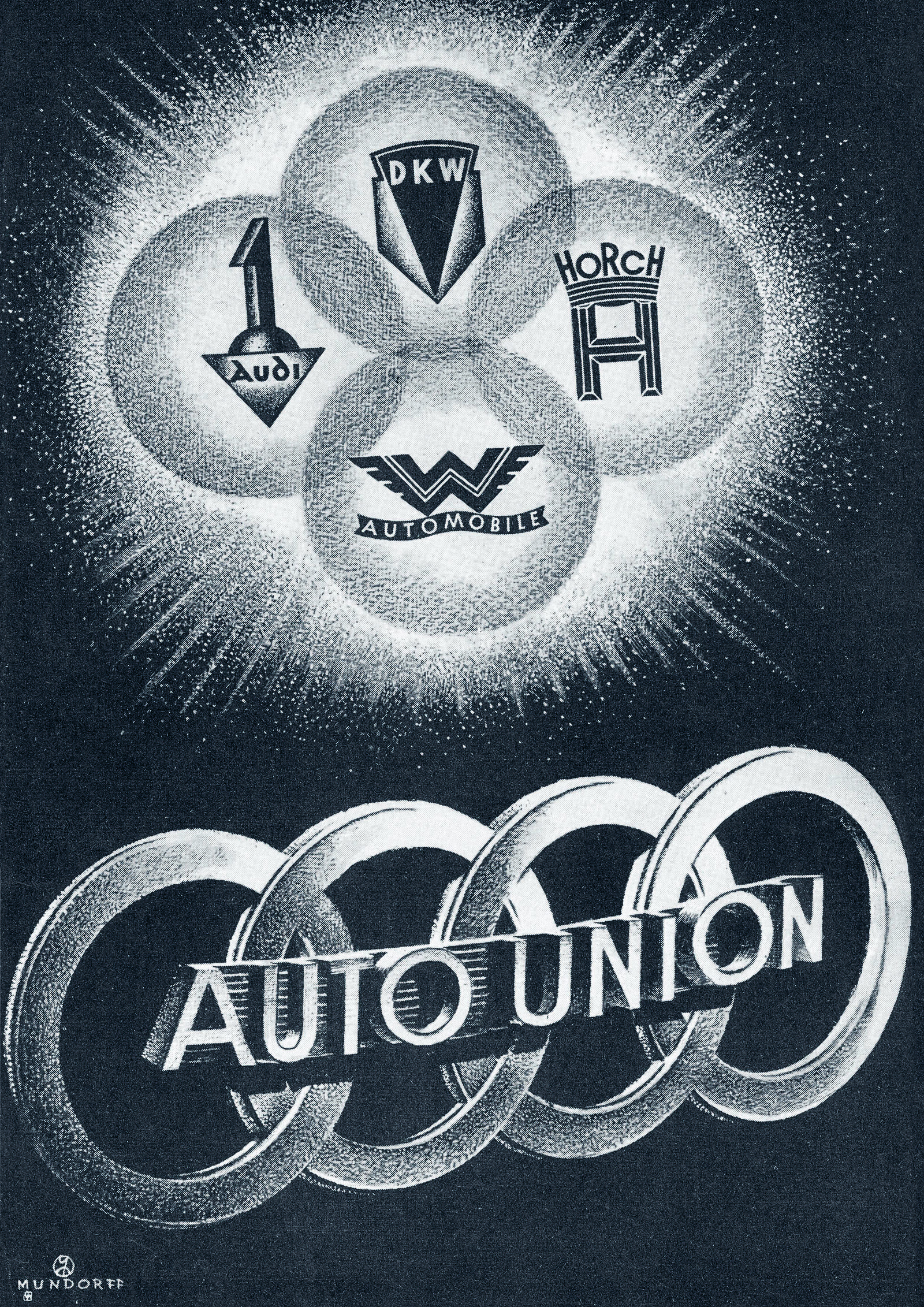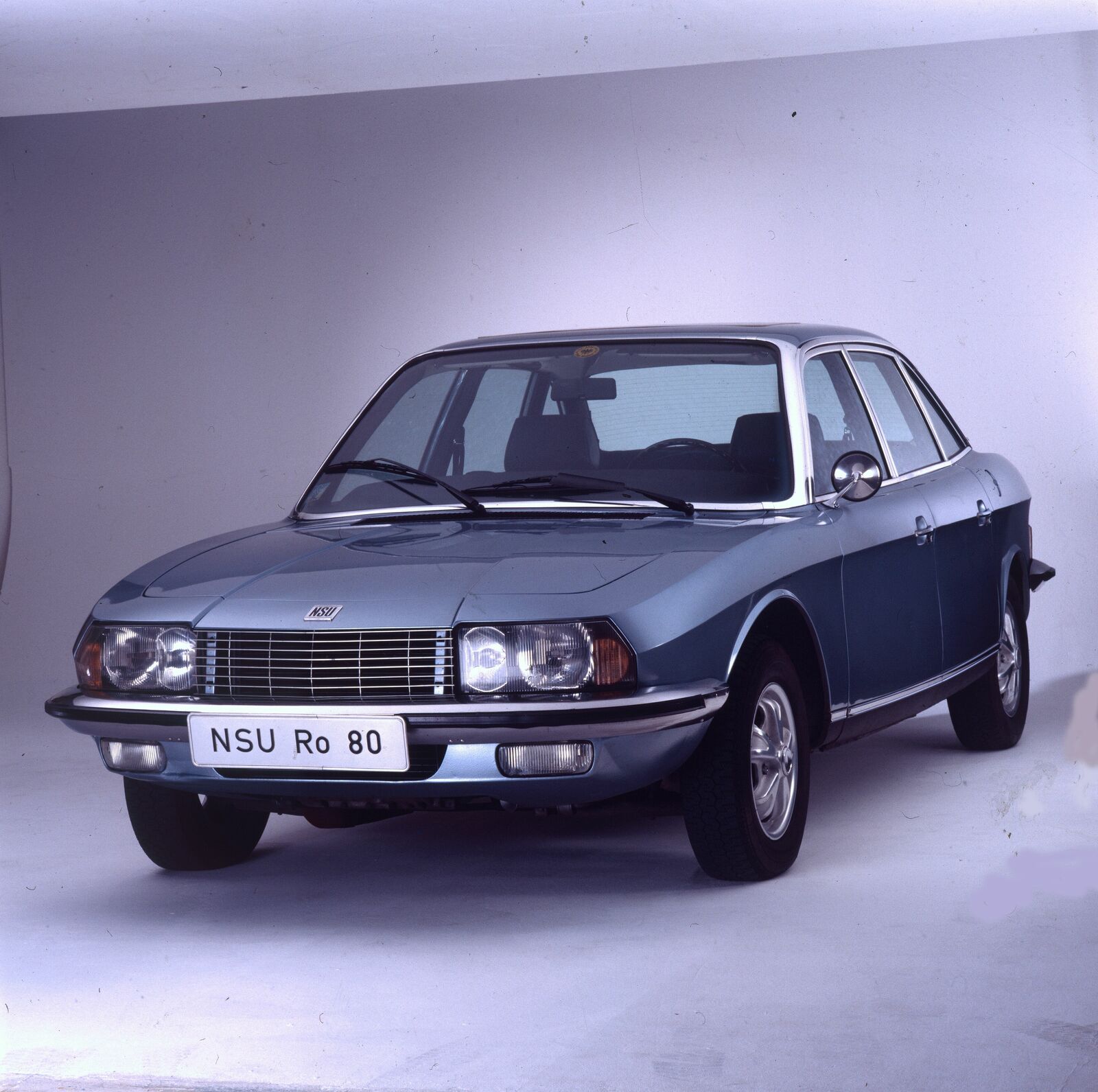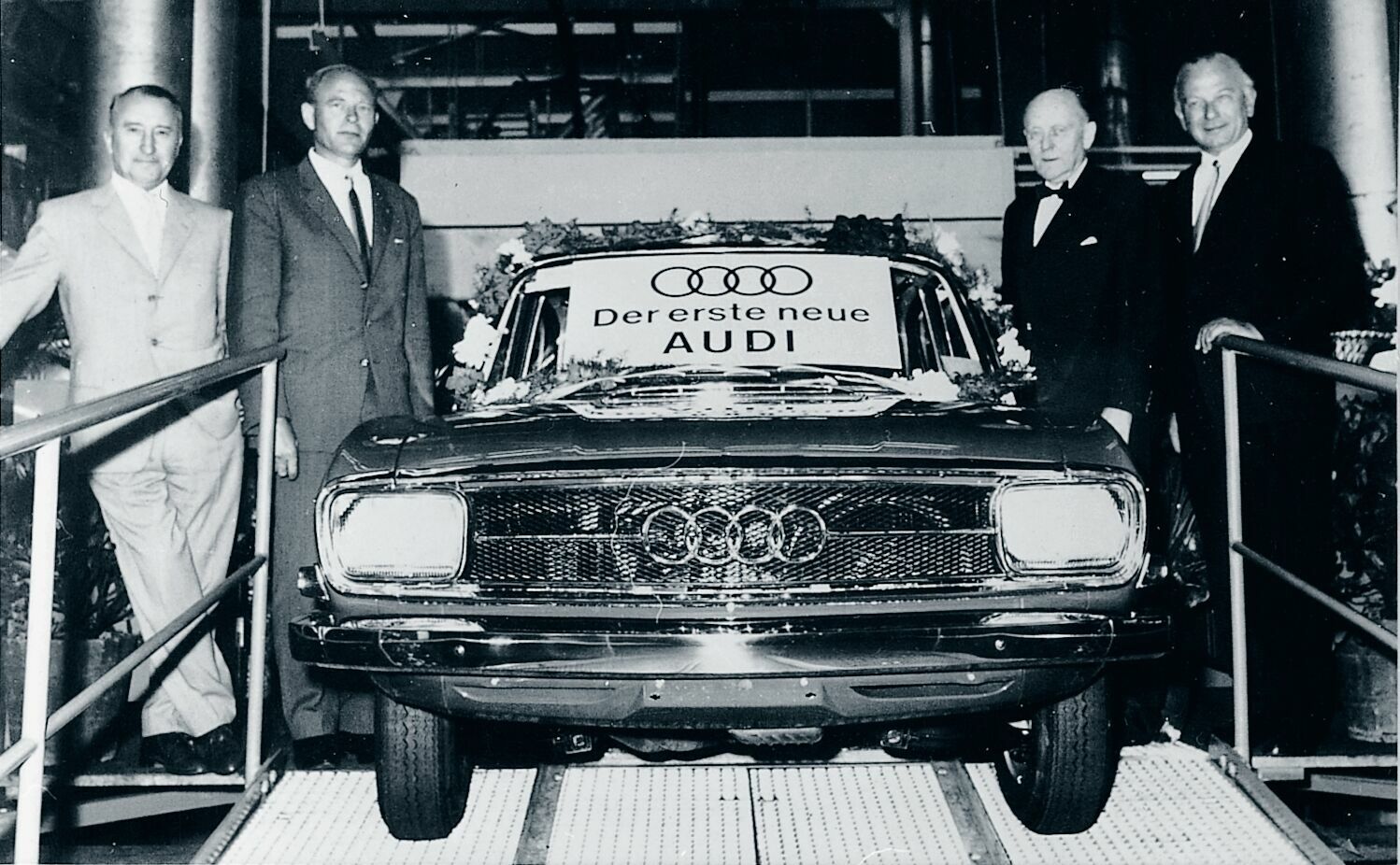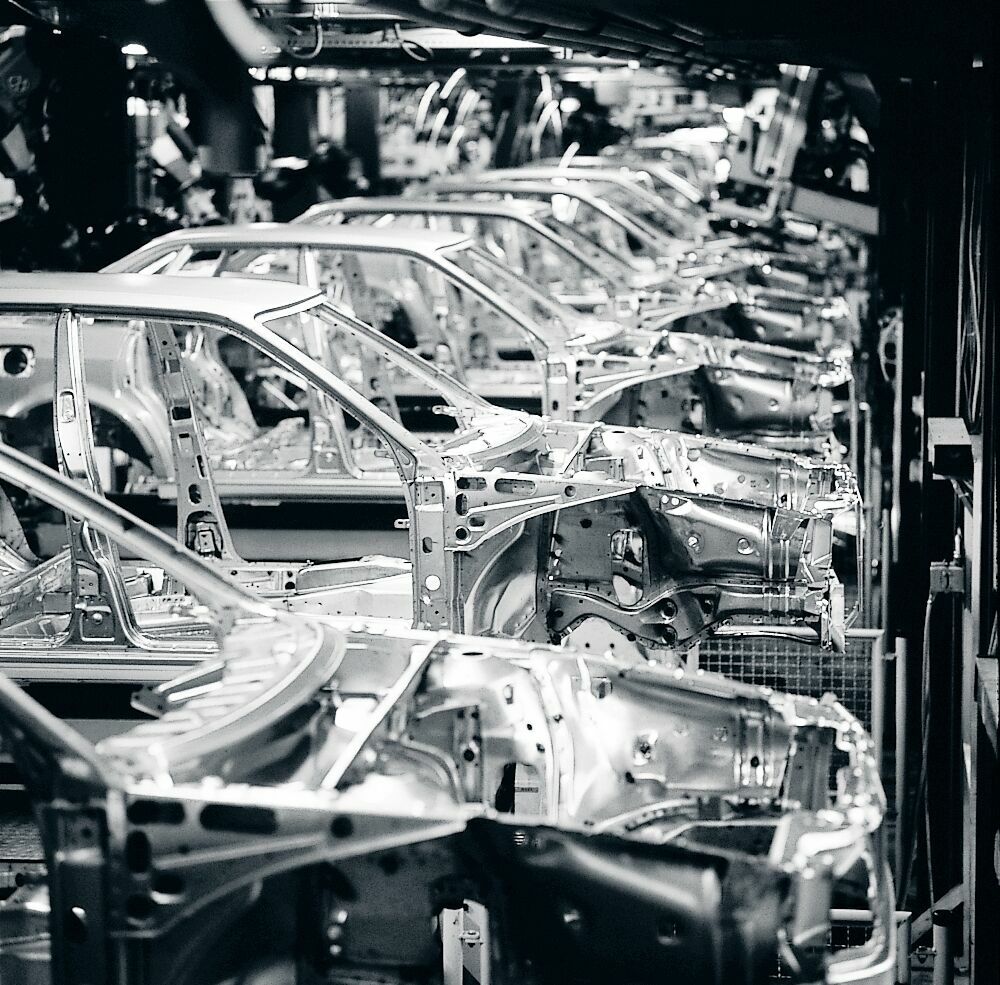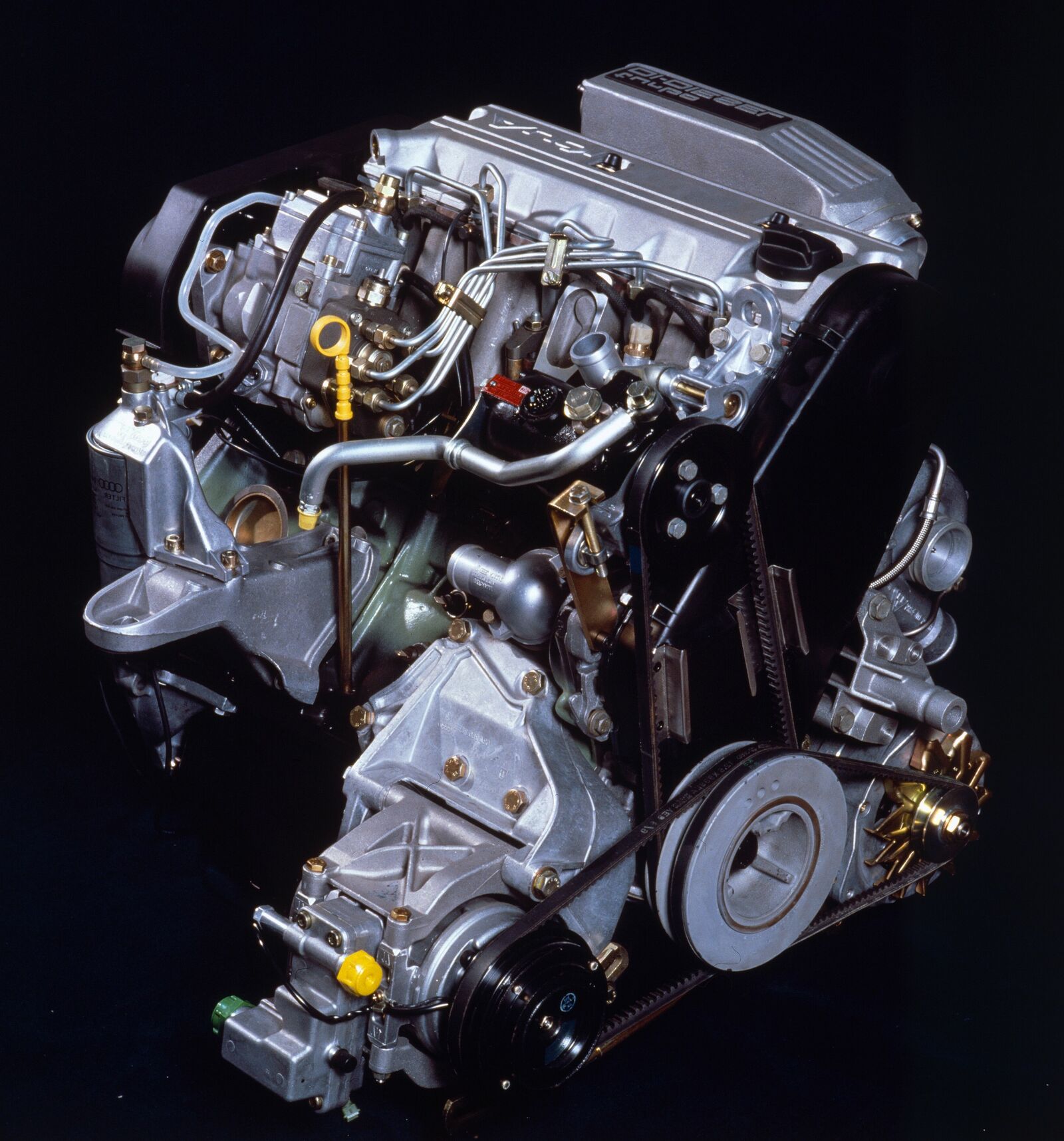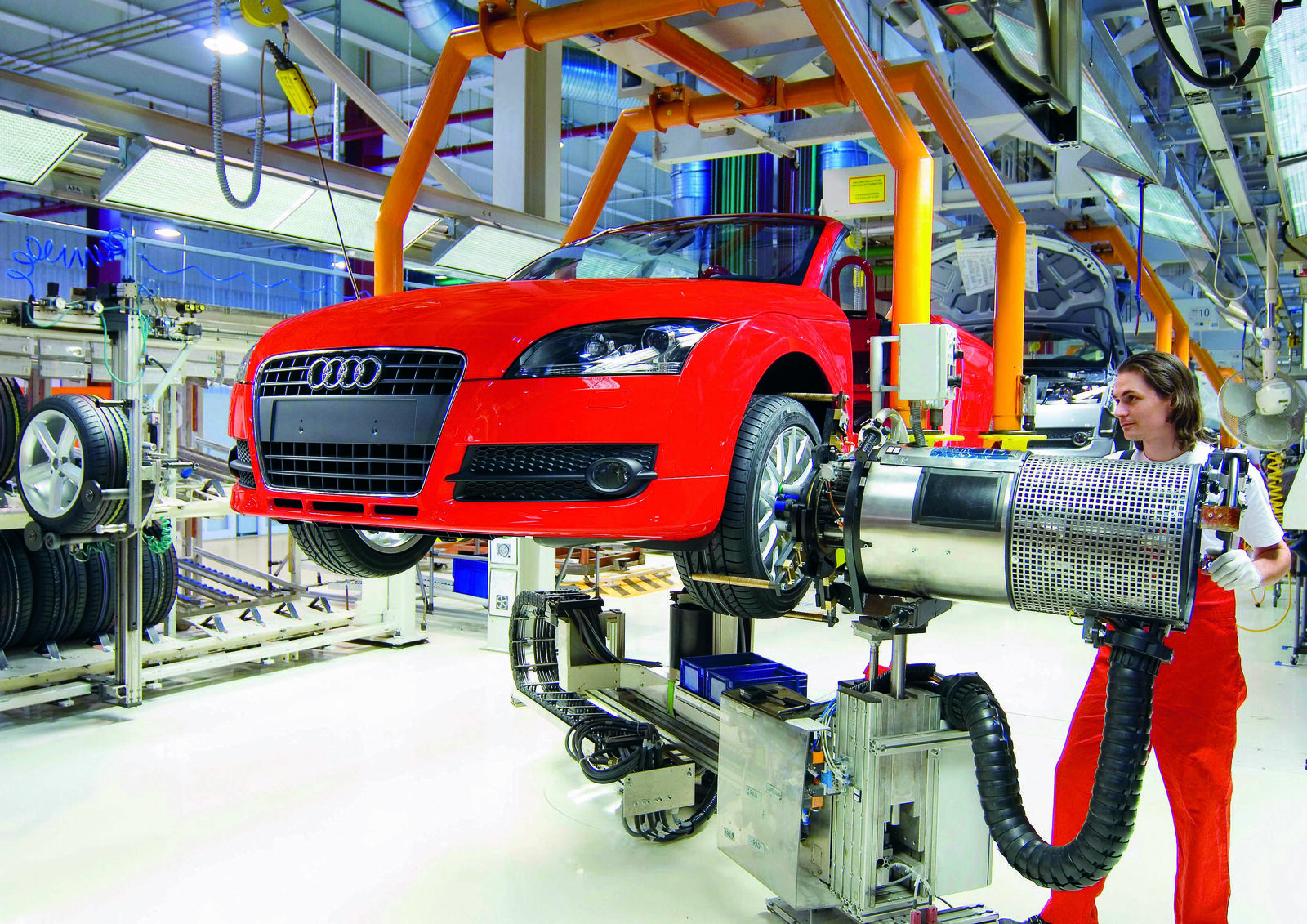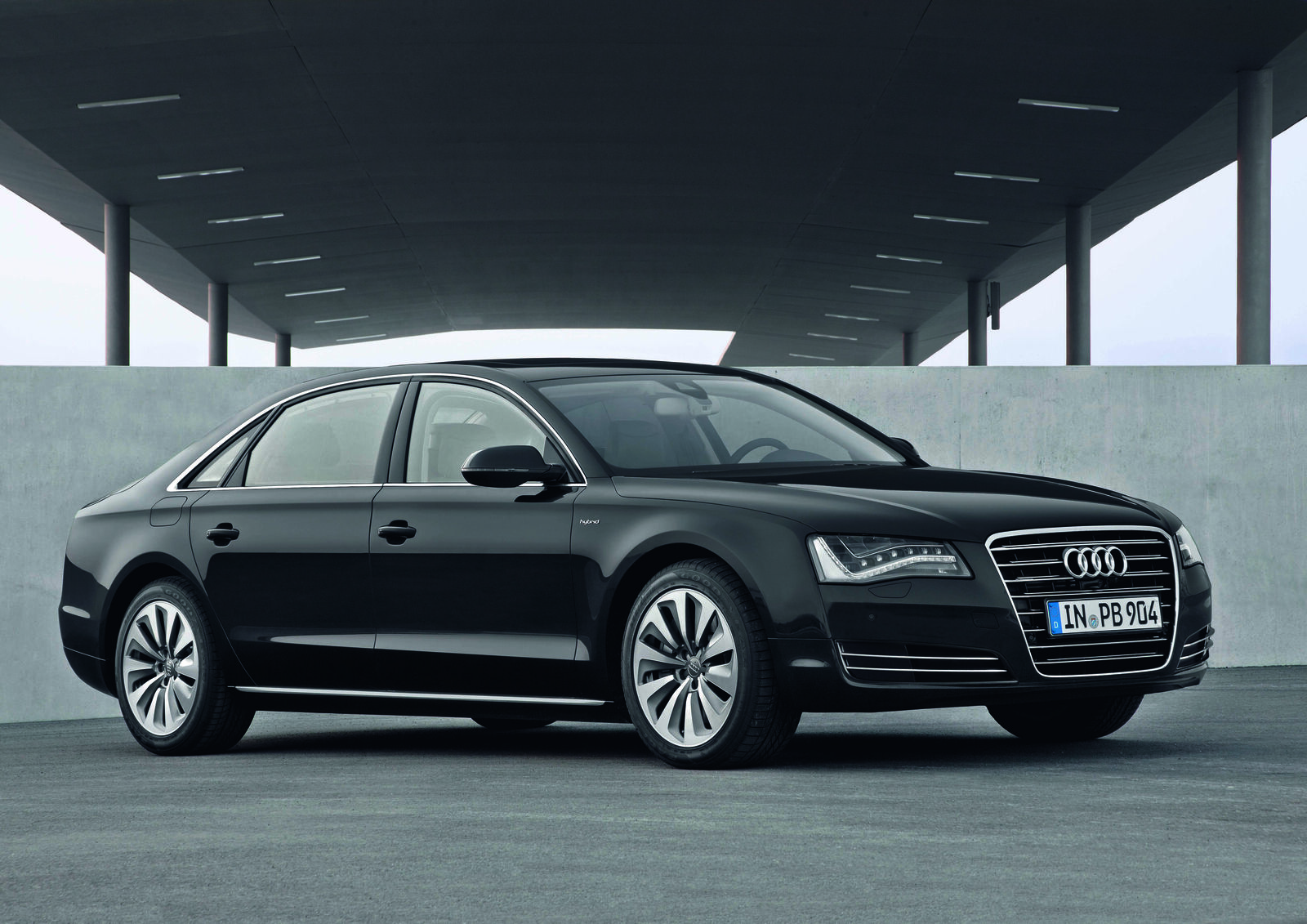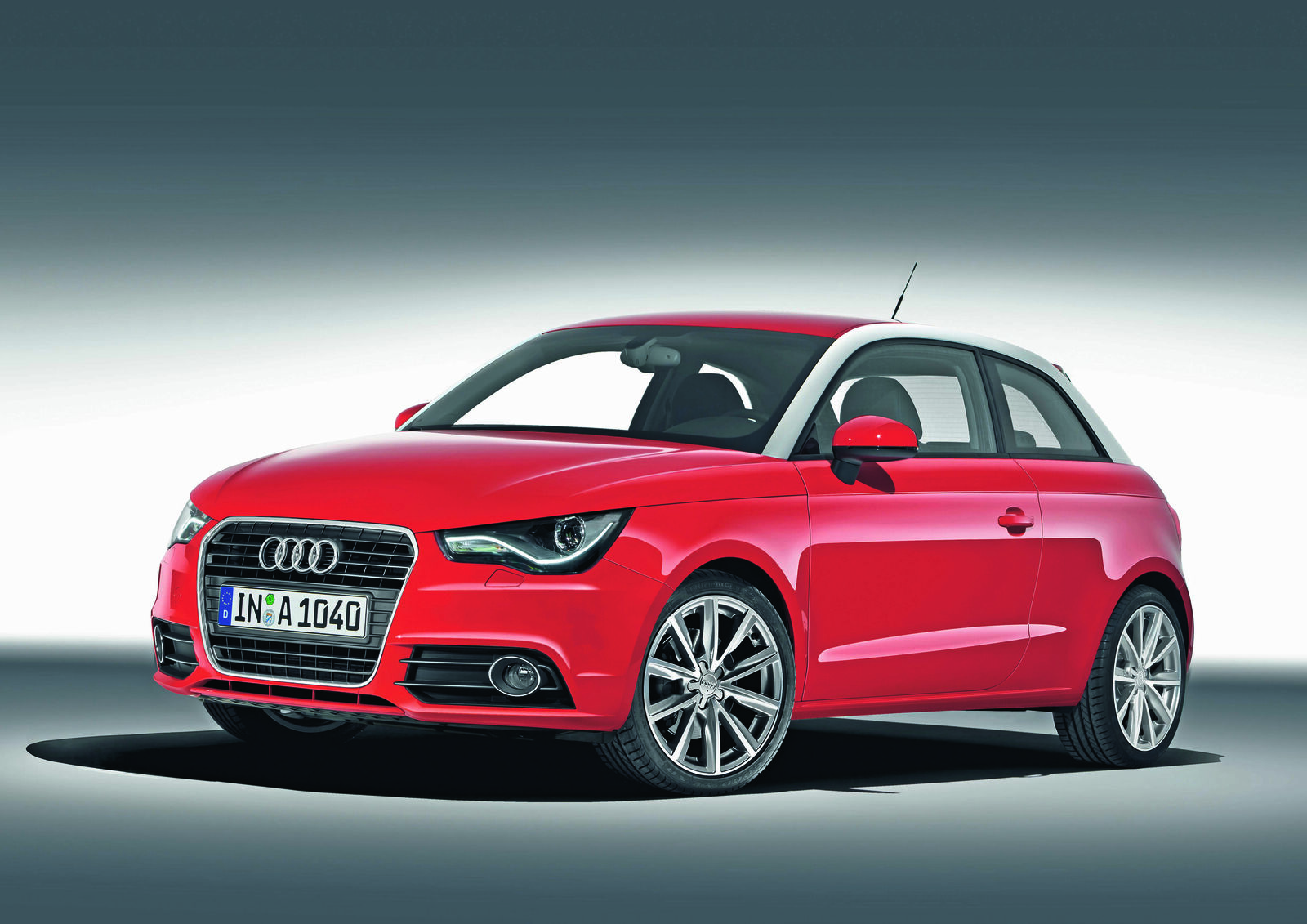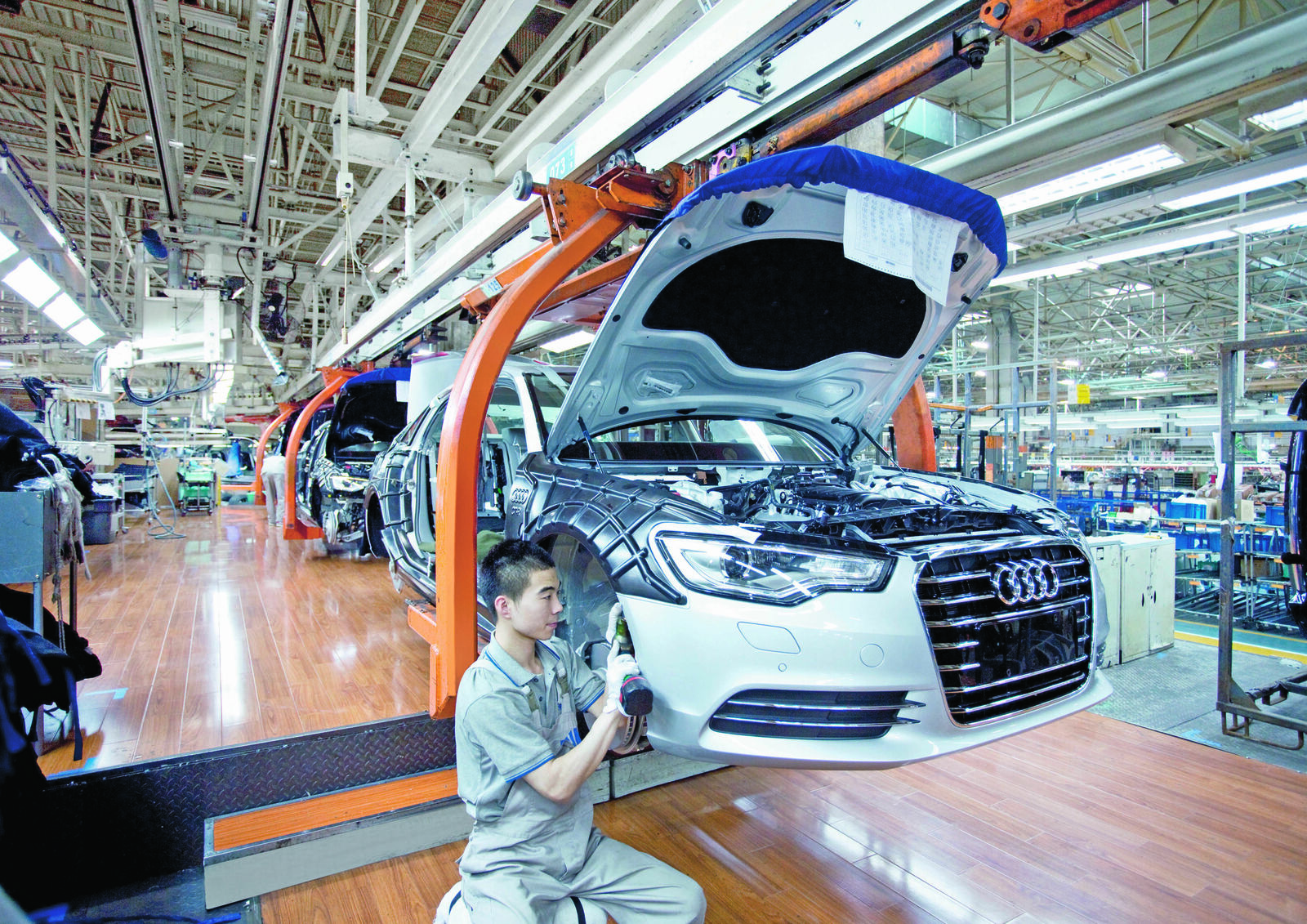Facing stiffer competition as Ford and Opel penetrated the upper mid-range segment, Daimler-Benz decided to concentrate its financial resources on defending its market position. By disposing of Auto Union, which had recorded a significant loss in 1964, Daimler-Benz obtained some DM 310 million for further investments as well as avoiding future losses. The move was made all the easier in view of the fundamental differences of opinion concerning two-stroke engines between the Stuttgart parent company and its Ingolstadt-based subsidiary.
On January 1, 1965, Volkswagenwerk AG initially acquired a stake of 50.3 percent, giving it effective control over Auto Union, which then became a wholly owned subsidiary of Volkswagen in 1966. While the market split agreed between Volkswagen and Daimler Benz was in line with the strategic priorities of both concerns, wider co-operation plans ultimately failed as a result of their divergent interests. At any rate, the new brand with the four rings as its symbol was to bring far-reaching changes to the profile of the emergent Volkswagen Group.

